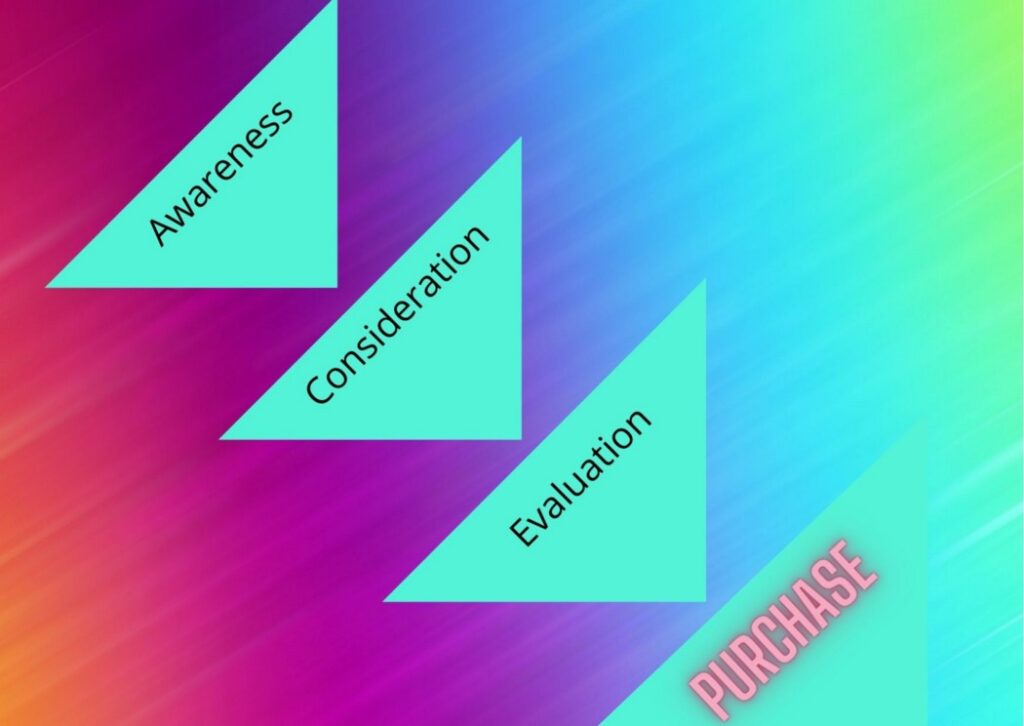Customers, make the world go round. Or at least the world of business and commerce. You probably know that it costs a lot more to attract new customers than it does to retain existing ones; some say 16 times more. There are many different strategies that companies can use. A business blog that increases customer loyalty and builds relationships is a relatively low-cost and reliable strategy.
No matter what industry you are in, customer search is very real. Your business depends on it. Keeping the customer you have, even turning them into loyal brand advocates, is arguably even more important. Because? As loyal customers spend more, they refer you to new customers, and as they already know, it’s easier, faster, and cheaper to sell them new products.
So how do you do all of this with a simple business blog? You delight your customers by answering their questions before they know what they are. You deliver the content they need and the experiences they demand, here’s how. Let me explain a little more.
Where Does Customer Retention Begin?
Building customer trust begins before they even buy your first product. The traditional sales and marketing funnel looks something like this:

The awareness stage is when the client realizes they have a need and begins looking for possible ways to meet that need. Interest is piqued in the various products and services that appear to be potential competitors and the consideration phase begins.
Once the customer has all the information they think they need, they evaluate their options, weighing the pros and cons before making the purchase.
This cycle is not the same for all products and services and it is not always linear. Some clients may come back for consideration after evaluation, and other clients apparently go straight from knowledge to purchase. Still, the idea of a customer journey is helpful because it helps you put yourself in the customer’s shoes. That’s where you need to be to attract them and their loyalty.
If you have the right resources to help people find you and learn about your products or solutions, you can start building a relationship with them before they even buy. Building a relationship is the way to build trust. Trust is critical to customer loyalty.
Building Trust With A Business Blog
87% of shoppers start their shopping journey online. Even if they intend to make a purchase from the store, customers poke around online, checking on you and your competition. 97% of consumers use online media today and 93% say they are influenced by online comments. Customer experience is a big influence on their final purchase decision: 86% are willing to pay more for a great customer experience.
So where does a business blog fit into all of this?
By creating content that people need to answer the questions they will have on the road to making a purchase. It sounds easy, right? It should, because (mostly) it is.
Answering customers’ questions with a business blog before they ask
Let’s use a favorite analogy from my high school computer science teacher. You have a widget factory and all you do is create, sell, and fix widgets. You most likely know everything there is to know about widgets. But the truth is, most people don’t know what a widget is or why they would need it. (I still don’t know what a widget is; my high school classes never included this information.)
There are all those initial questions that people have: what is a widget, how many widgets do I need to plug the hole of longing in my life, will widgets make me fat, how often should I fix my widget, can I use widgets for other problems? …? Etc. By chatting with your sales team, you’ll find out what the most common questions are when potential customers consider your widgets.
It’s also a good idea to check what people ask Google and other search engines about widgets. All the most common questions about any keyword or topic that has already been entered into Google can be discovered with some interesting online tools.
Responding to the public is one and Moz is another. There are also Ubersuggest and search tools for similar topics on the web. ATP is one of my favourites for blog writing by far.
When you have all these questions together, looking at them, it’s time to group them together to match the various phases of the customer journey. Some questions align with the awareness stage, some considerations, and some with the assessment process.
So, start answering them. Write blogs specifically to answer customer inquiries when they try to buy a widget.
One caveat here, don’t always put yourself as the only answer to the widget’s dilemma. It looks like salespeople, manipulators, and inauthentic people. Just answer the questions honestly. This builds confidence, even before making the purchase.
Why Business Blogs Build Trust
Building trust is an integral part of building relationships. Trust and relationships build loyalty. It is simply the way that humans are connected. If we are in a relationship with someone, it is quite normal that there is a certain level of trust. We are more likely to go to them with our problems, believe their advice, and introduce them to other people we know.
Business blogs can build relationships and build trust with customers in two ways.
A business blog should offer customers what they need, even before they know they need it, for free. By providing valuable information, a business can establish itself as a trusted and well-informed source of information in a specific niche.
Sharing articles, reviews, and comments on a blog is a great way to start building rapport and trust. It is a way of communicating with clients who are not technically “yours” yet.
In all kinds of relationships, from the romantic ones to the ones we have with our doctor or our favorite take-out restaurant, trust is based on giving and receiving, being trustworthy, honest, transparent, and communicating. A great business blog does all of these things.
Blogging strategies should consist of providing valuable information to clients for free. It also triggers a conversation with your company’s main target audience. It must also provide reliable and honest information and be one of the main forms of communication for your company.
When customers feel like they have a relationship with your business, a blog provides content that they can share to become your advocates. Answer burning questions from your customers with a blog. Give them your experience and knowledge about your products for free. This will build trust, loyalty, and your bottom line.
